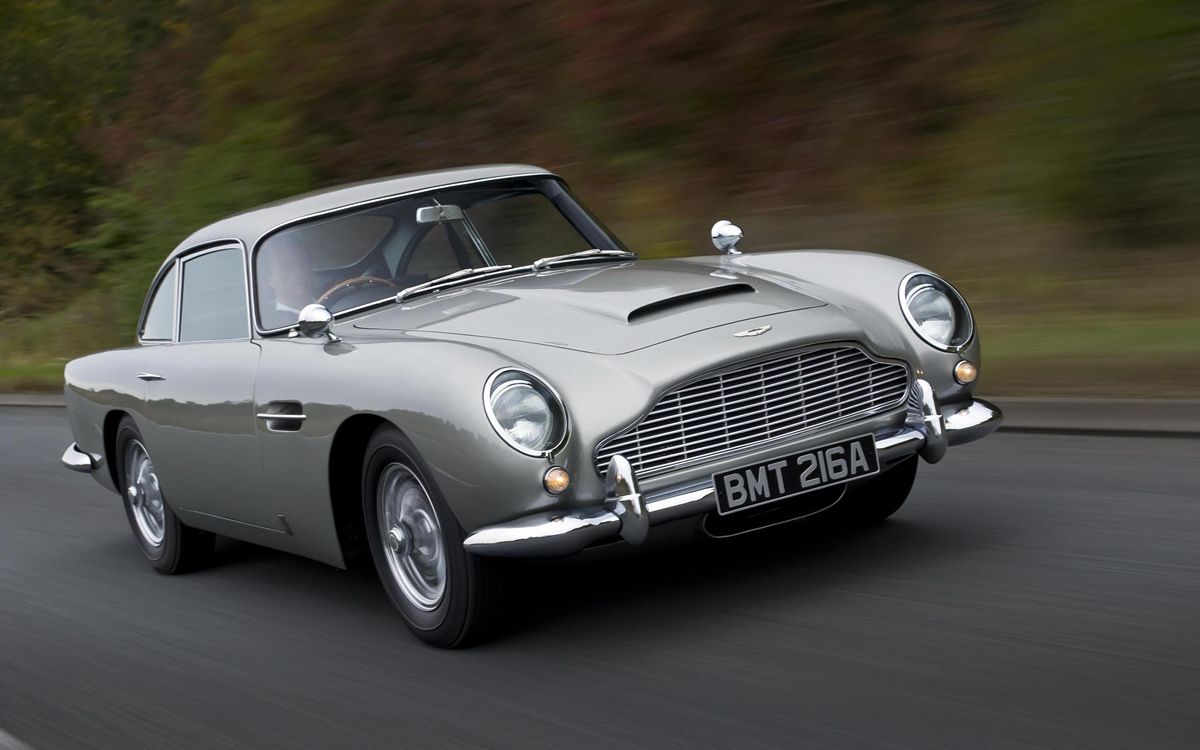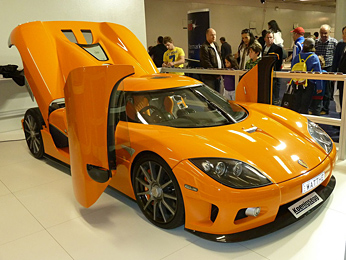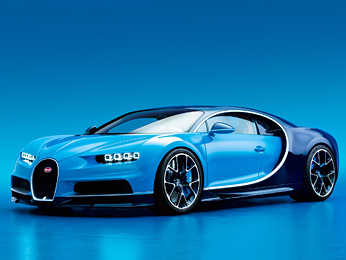The 1964 Aston Martin DB5 is one of the most iconic cars in both automotive history and popular culture, particularly due to its association with the James Bond franchise. Here is a detailed description of the car, focusing on both its real-life specifications and its famous cinematic modifications:
Real-Life Specifications
Manufacturer: Aston Martin Lagonda Limited
Production Years: 1963-1965
Designer: Carrozzeria Touring
Class: Grand tourer (GT)
Exterior
- Body Style: 2-door coupé and 2-door convertible
- Length: 4,570 mm (179.9 in)
- Width: 1,680 mm (66.1 in)
- Height: 1,350 mm (53.1 in)
- Wheelbase: 2,502 mm (98.5 in)
- Curb Weight: Approximately 1,502 kg (3,310 lb)
- Construction: Aluminum body panels mounted over a steel tubular frame
- Design Features: The DB5 featured elegant lines, a distinctive grille, and chrome wire wheels, embodying classic British styling.
Performance
- Engine: 4.0-liter straight-six engine
- Power Output: 282 horsepower at 5,500 rpm
- Torque: 288 lb-ft at 3,850 rpm
- Transmission: 5-speed ZF manual gearbox (a 3-speed automatic was also available)
- Top Speed: 145 mph (233 km/h)
- Acceleration: 0-60 mph in approximately 8.0 seconds
- Suspension: Independent front suspension with coil springs, and a live rear axle with coil springs and trailing arms
- Brakes: Servo-assisted Girling disc brakes on all four wheels
Interior
- Seating: Luxurious leather seats, typically seating two in the front with small rear seats
- Dashboard: Classic wood and leather trim with a comprehensive set of gauges
- Amenities: Included electric windows, reclining seats, and a high-quality sound system, emphasizing comfort and luxury
James Bond Modifications
The Aston Martin DB5 gained worldwide fame as the quintessential James Bond car, first appearing in the 1964 film "Goldfinger." The modifications for the film included an array of gadgets designed by Q Branch (fictional):
-
Front-Mounted Machine Guns
- Hidden behind the front indicators, these guns could be deployed for combat scenarios.
-
Ejector Seat
- Activated by a hidden button on the gear stick, this feature allowed the passenger seat to be ejected through the roof.
-
Rotating License Plates
- The car featured revolving number plates that could display different registration numbers for anonymity.
-
Bulletproof Shield
- A retractable rear bulletproof screen provided protection from gunfire.
-
Oil Slick Dispenser
- A mechanism to release oil behind the car, causing pursuing vehicles to skid.
-
Smoke Screen
- Emitted a dense cloud of smoke to obscure the car's escape route.
-
Tire Slashers
- Retractable spikes from the wheel hubs that could shred the tires of adjacent vehicles.
-
Radar Tracker
- A dashboard-mounted radar screen used to track the location of Bond’s foes.
-
Armrest Controls
- Hidden switches and buttons located in the central armrest to activate various gadgets.
-
Telephone
- A car phone located in the driver’s door for secret communications.
These features turned the Aston Martin DB5 into a symbol of spycraft and technological sophistication, elevating it from a luxury grand tourer to a legendary piece of cinema history.
Legacy
The 1964 Aston Martin DB5 remains one of the most celebrated and recognizable cars in the world. Its legacy is cemented not only by its elegant design and impressive performance but also by its enduring connection to the James Bond franchise, where it has appeared in multiple films beyond "Goldfinger," including "Thunderball," "GoldenEye," "Skyfall," "Spectre," and "No Time to Die." The DB5’s blend of real-world luxury and fictional gadgetry continues to capture the imagination of car enthusiasts and movie fans alike.







